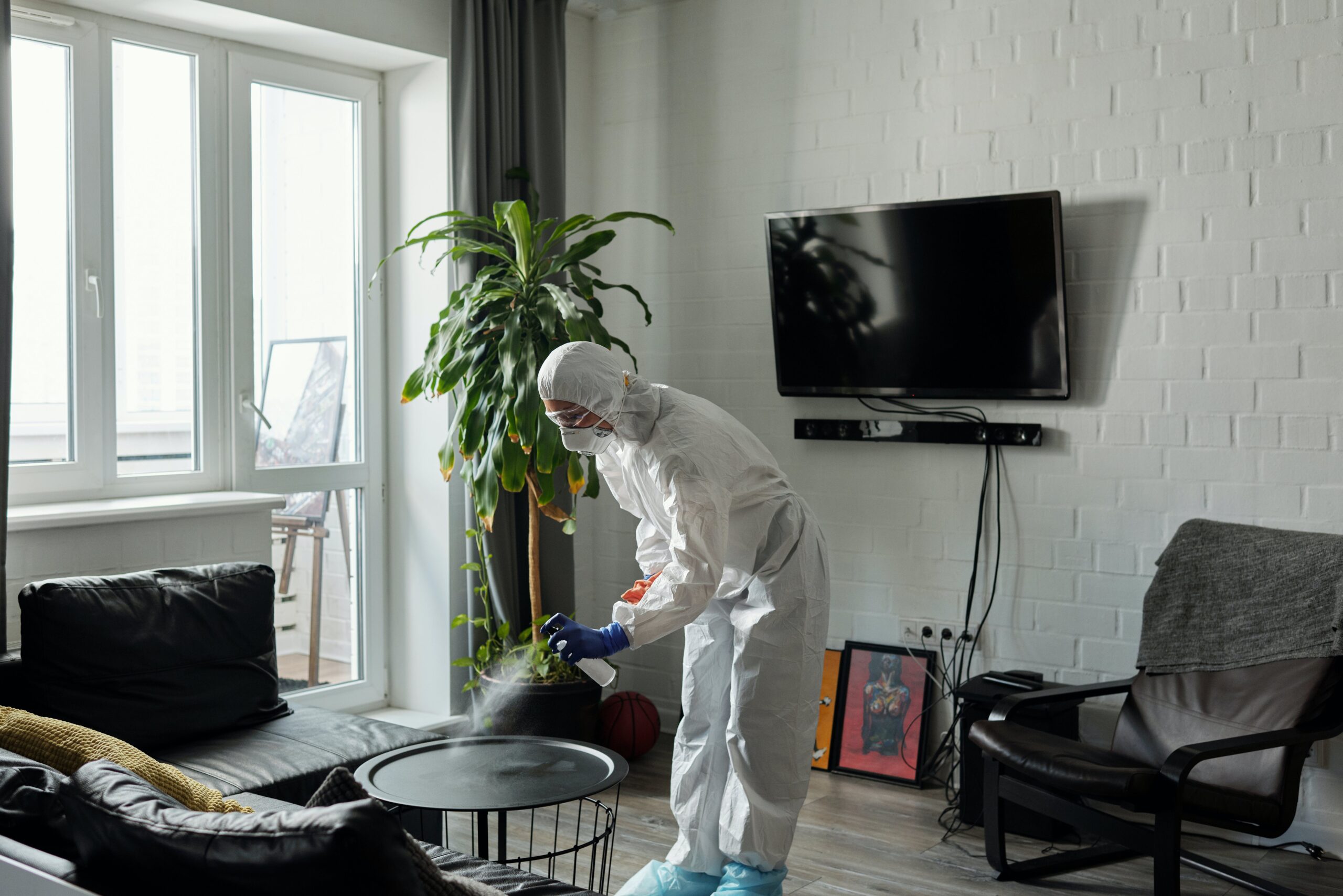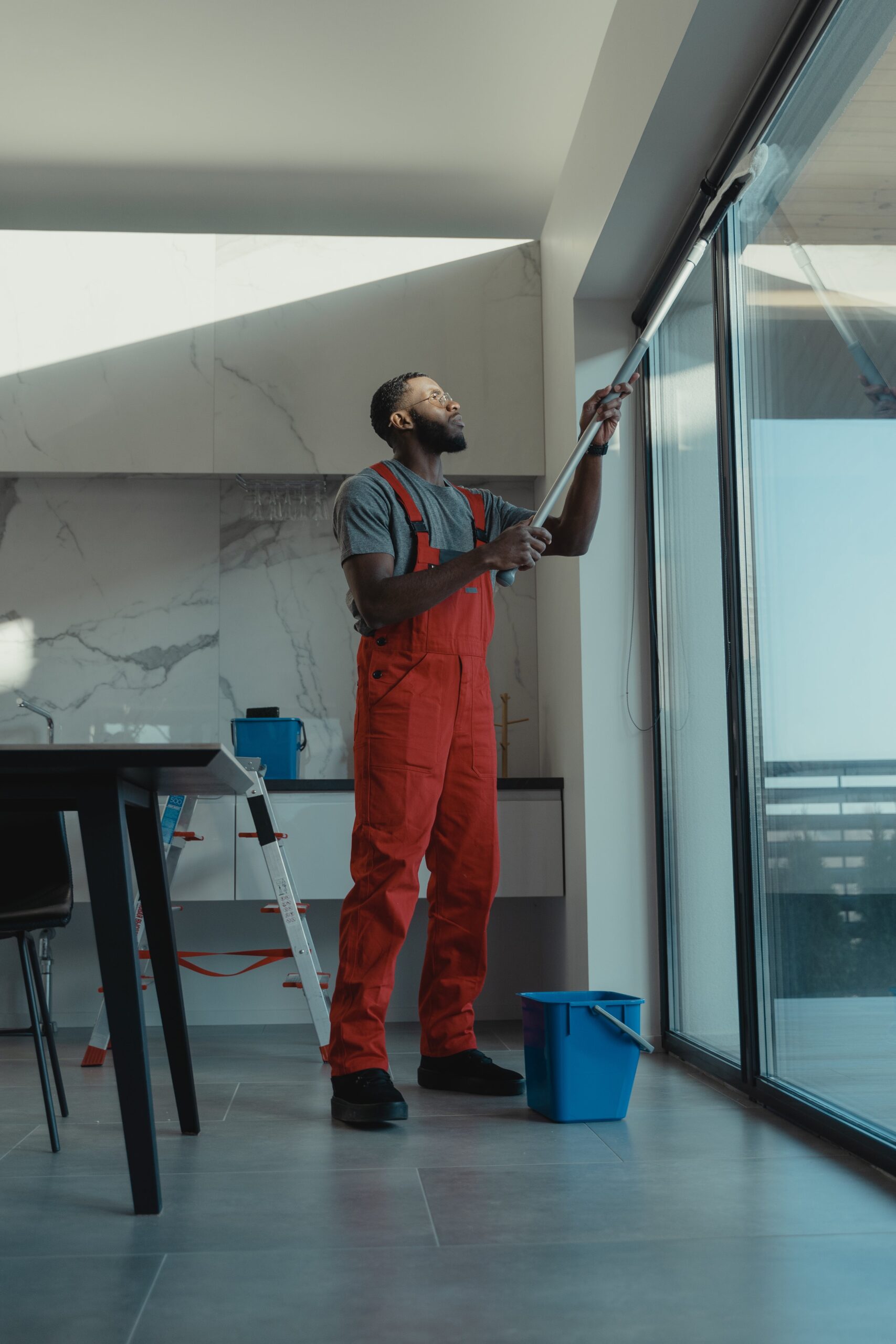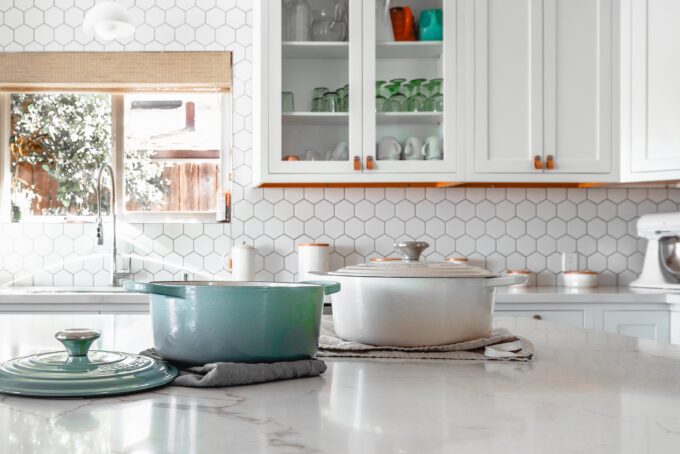If you haven’t had an experience with mold in your household, chances are, you know someone who has. It’s caused by a number of factors and has different levels of severity, so it’s important to be able to recognize its presence to address it right away. Here are a few tips for figuring out if you have it, and what actions to take if you do.
What is mold?
At a glance, it’s a type of fungus that can thrive in both indoor and outdoor environments. It comes in a variety of colors, such as green, black, and white, and reproduces by releasing tiny spores into the air, which can settle on various surfaces and give rise to new colonies.

The Causes of Growth
Essentially, it requires three primary elements to thrive.
- Moisture: Mold has a particular fondness for damp environments. This means that issues like leaky roofs, plumbing problems, or elevated humidity levels can create the perfect breeding ground.
- Organic Material: It feeds on organic materials, including wood, paper, and fabric. If your home contains these materials and there’s excess moisture, it’s more likely to take hold.
- Warmth: While it prefers temperatures between 77°F and 86°F, it can grow within a broad temperature range, making it tricky to avoid in many climates.
What To Do If You Find Mold
Recognizing the specific mold variety based on the color can help you gauge potential health risks and determine the necessary remediation steps. While some can be easily identified and managed, others may require the assistance of remediation experts to minimize infection risks.
If you find mold in your home, timing is important to prevent it from spreading. You could take matters into your own hands to clean and disinfect, but consider reaching out to a professional to assess how bad it is and remove it. Or, if you’re renting, notify your landlord immediately, and depending on its severity, they might be responsible for paying for your relocation and accommodations while it gets taken care of.

Signs of Mold Infestation
So, what are the signs that you have an infestation in your home? Here’s what you should look out for.
Visible Mold
This is the most obvious, as you can identify it as visible patches on walls, ceilings, or other surfaces. These patches often appear as discolored spots or irregular growth.
Musty Odor
Mold emits a distinctive, musty odor. If you notice a persistent, unpleasant smell in a specific area of your home, it could be a clear indicator of mold-related issues.
Allergic Reactions
People and pets can be sensitive to spores and may experience allergic symptoms such as sneezing, coughing, or skin irritation when mold is present.
Water Damage
If your home has recently experienced water damage, whether from a leak or flooding, mold growth is more likely. In such cases, it’s crucial to inspect and address the affected areas promptly.
popular posts
- 1It’s Black Business Month, So Let’s Go Shopping and #BuyBlack!
- 2These Home Decor Items Will Instantly Make Your Space Look Outdated
- 3Black-Owned Home Decor Stores To Support Across the United States
- 4A Look Inside Elon Musk's Tiny $50,000 House
- 57 Black and Multicultural Designers To Follow For Design Inspo
Home

These 5 Kitchen Tools Will Up Your Culinary Experience
by Arielle Clay | January 19, 2023

I’ll Drink To That! Host a Black-Owned Wine & Spirit Tasting At Home
by Arielle Clay | January 20, 2023
Spaces
Whether it’s luxury or ease, every area of your home should be as fabulous and unique as you.

A New Study Reveals That This Item Has More Germs Than A Toilet Bowl
by Kelsey Marie | April 25, 2023
FOLLOW ALONG ON INSTAGRAM
#homeandtexture
Find us on social for more home inspiration where culture, personal style, and sophisticated shopping intersect to help you create a home where you love to live.





